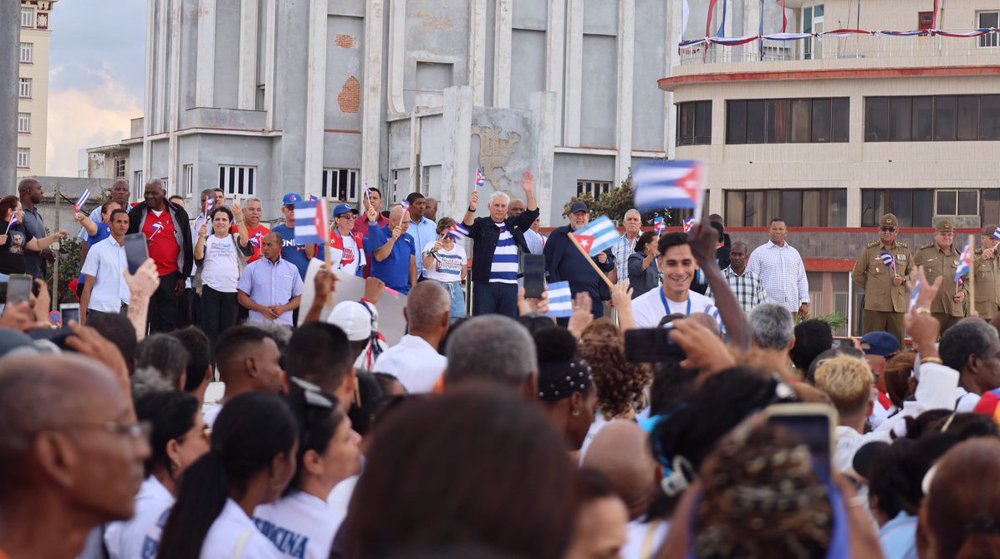Bullet-pens used to sign historic Colombia-FARC peace deal
Bullet pens have been used to sign a historic peace deal between the Colombian government and the Revolutionary Armed Forces of Colombia (FARC) rebel group.
Colombian President Juan Manuel Santos and rebel leader Timoleon Jimenez, known as Timochenko, signed the deal which formally ends the 52 year civil war at a ceremony in the Caribbean city of Cartagena on Monday. "Welcome to democracy," Santos told the rebels upon singing the accord.

Baligrafos; Pens to replace bullets in post-ceasefire Colombia
Santos said the decision to use a bullet-pen was intended to show Colombia's changeover from a country of bullets into a country of "education and future."
"Bullets wrote our past. Education, our future," read the message engraved on the baligrafos -- a portmanteau word blended from Spanish words bolígrafo (pen) and bala (bullet).
"We are being reborn to launch a new era of reconciliation and of building peace," Timochenko told a gathering of international dignitaries including UN Secretary-General Ban Ki-moon, US Secretary of State John Kerry and some Latin American leaders, including Cuban President Raul Castro.
"In the name of the FARC, I sincerely apologize to all the victims of the conflict for any pain we may have caused during this war," he added.

“Today we are experiencing the happiness of a new dawn for Colombia," said Santos on Twitter ahead of the signing. He called it "a new stage in our history -- one of a country in peace!"
The deal will be implemented only if approved by a majority of Colombians in a national referendum to be held next Sunday.
Several hours before the signing, EU foreign policy chief Federica Mogherini announced that it was removing FARC from its list of terrorist organizations.

"This decision will allow us to support the post-conflict program and will be of benefit to all Colombians," Mogherini said.
Kerry praised Santos’ efforts to secure the deal and pledged $390 million to its implementation. He noted that the US is still not ready to remove FARC from its terrorist list but will review sanctions after the deal has been fully implemented.
Under the deal, the Colombian government is obligated to engage in an aggressive land reform, to overhaul its anti-narcotics policies, and to expend them into underdeveloped regions in the country. In turn, FARC will start to withdraw its troops from their jungle and mountain hideouts and relocate them into UN disarmament camps.
FARC is the largest rebel group in Colombia and has an estimated 7,000 fighters. It has been at war with the government in Bogota since the guerrilla movement rose to prominence in 1964. So far, more than 220,000 people have been killed in clashes between the two sides and 6.6 million others have been displaced. Moreover, a further 45,000 people are said to be missing.
Israeli strikes on north Gaza hospital ‘extremely dangerous, terrifying’: Director
VIDEO | Yemen targets Tel Aviv with Palestine 2 missiles
Pezeshkian: Iran resolved to complete North-South Transport Corridor
VIDEO | Iran-Syria: For Resistance
Qassam Brigades claims killing 3 Israeli troops in northern Gaza
More alive than ever: Sayyed Hassan Nasrallah's legacy grows stronger in martyrdom
Occupation of Syria’s highest peak Mount Hermon part of ‘Greater Israel’ project
Iran: Syrian people will decide their future without foreign interference











 This makes it easy to access the Press TV website
This makes it easy to access the Press TV website